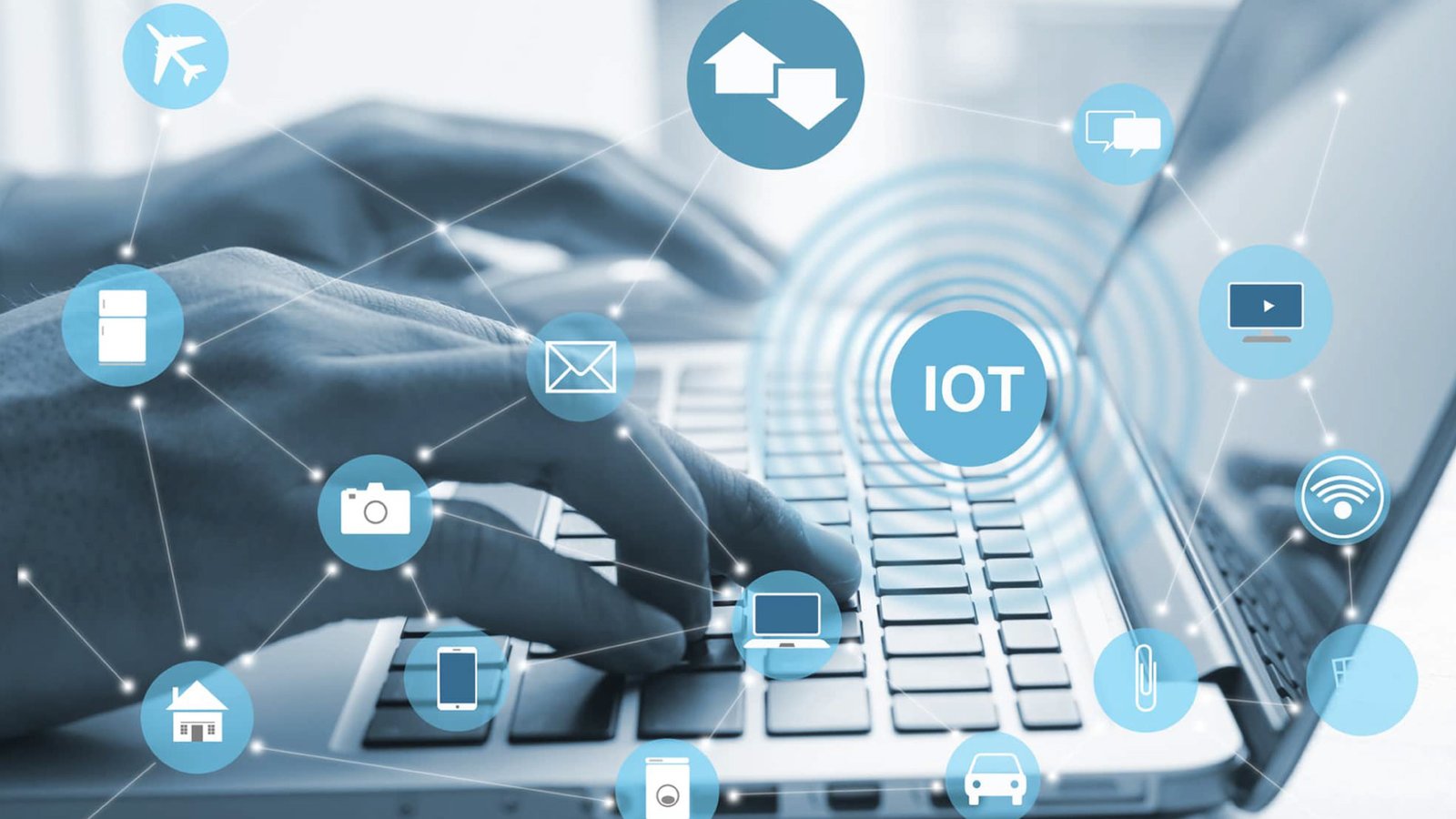Helping you to select the right IoT application. To measure values from one or more sensors which needs to be sent to a cloud platform or back office.
COVID-19 is having an unusual impact on our day to day life as well as the worldwide economy. According to the experts, there might be a strong adoption of IoT in the near future as people seem to operate things more digitally or virtually than physically. And with the increase of use in smart IoT devices, there will come threats to security.
IoT is changing, how we live, how we work, how we travel and how we do business. But during this pandemic, what all has changed, let’s take a look at it.
How enterprises have adopted a new way of choosing IoT applications in COVID-19 scenario?
An IoT platform is an integrated service that offers you the things you need to bring physical objects online. It needs to be capable of supporting millions of simultaneous device connections and easily allow you to configure your devices for machine-to-machine communication. However, even IoT applications can vary widely, and companies have to make several decisions when selecting one or getting a designed one. Let’s have a look at how enterprises have adopted a new way of choosing IoT applications.
Connectivity:
IoT platforms should provide the hardware, software, connectivity, security, and device management tools to handle millions of concurrent device connections. They should offer low power and low-cost connectivity management solutions through Wi-Fi and cellular technologies. Check with your vendor how reliable their network coverage is. What kind of network connectivity do you require? Is it Wi-Fi or cellular? Does your vendor provide Separate Endpoints for Data Ingestion and Device Connectivity? IoT platforms should have a clean separation of device management that deals with M2M communication and data ingestion endpoints that acquire data from multiple sensor nodes.
Domain Expertise:
Do they have an expert in the house to guide you throughout the services? Do they have domain expertise to build your IoT app? They should be able to build a stable firmware architecture that is scalable and well documented by using professional firmware toolchains and languages like C and C++. And special attention to inputs and outputs – sensor data gathering, digital signal processing, local compression, and storage of data.
Hardware:
Would your vendor offer any off-the-shelf applications, developer kits, or starter packages for the specific use case you are targeting? Or do they need to start from scratch because it would be time-consuming? It should be able to give you end-to-end solutions from sensors, networks, cloud and analytics, with the connected worker solution. It should be able to integrate with other systems such as Alexa, Google Home, etc.
Updates:
Updates and add ons should be available in currently available devices like a smartwatch, safety watch and a safe pass card, updates and alerts like “if the number of employees in a given space exceeds the permitted limit, it will trigger alerts”. It should be able to enable remote monitoring and control of the device and monitor product performance and apply fixes or alert users when necessary
Security/ Privacy:
Check out how they have dealt earlier with security and privacy issues. If by any time soon some security/ privacy issue occurs, would your vendor be able to provide you with the solution
Managed Integration/ API Access:
How would your IoT application vendor integrate all the complex stuff that you need for IoT? Like cellular modems, carrier/SIM cards, device diagnostics, firmware updates, cloud connections, security, application layer, RTOS – into a simple package that your engineering team won’t have to worry about?
“Here’s the dirty little secret of IoT: it’s really, really hard to build a well-functioning IoT product.”
Zach Supalla
Conclusion
According to Juniper Research’s prediction – the Internet of Things (IoT) platform revenues will reach US$66 billion in 2020, a 20% increase over last year’s figure. So in near future, IoT application providers will need to adjust as well as relearn some development strategies to capitalize on this. Technologies that enable the seamless integration of IoT technologies into existing infrastructure will be crucial to attracting high-value IoT users.

